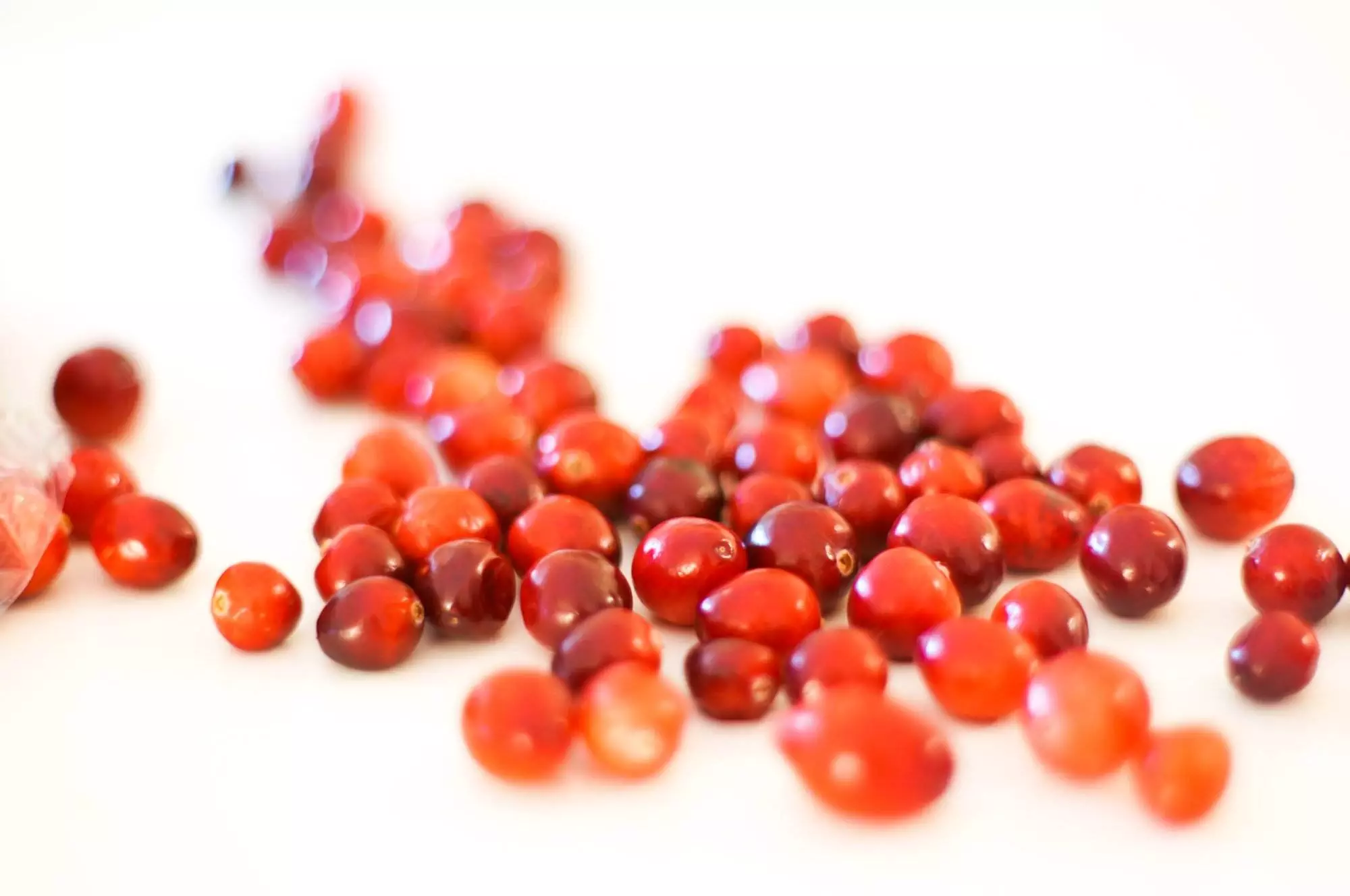
How to Stay Healthy on a Keto Diet: Tips and Tricks for Success
Are you ready to take on the keto challenge? The ketogenic diet has become increasingly popular in recent years, and for good reason. It’s a low-carb, high-fat diet that can help you lose weight, improve your health, and feel better than ever before. But staying healthy on a keto diet takes some planning and preparation. In this post, we’ll share tips and tricks for success so you can make the most of your keto journey.
Introduction to the Ketogenic Diet
The ketogenic diet is a low-carbohydrate, moderate-protein, and high-fat diet that forces your body into a metabolic state known as ketosis. When you restrict carbs and increase fat intake, your body burns fat for energy instead of glucose, which leads to weight loss and other health benefits. On a keto diet, you should aim to consume 70-80% fats, 15-20% protein, and only 5-10% carbs.
Balancing Macronutrients on a Keto Diet
One of the keys to success on a keto diet is balancing macronutrients. You need enough fat to fuel your brain and body, but not too much that it causes digestive issues or weight gain. Protein is also important for muscle growth and repair, but again, you don’t want to overdo it. Too many carbs can kick you out of ketosis, so you’ll want to keep those to a minimum. Use tools like macro calculators to determine how much of each nutrient you need based on your goals and activity level.
Tips for Staying Hydrated on a Keto Diet
Staying hydrated is crucial when following a keto diet because dehydration can cause headaches, dizziness, and even kidney stones. Since the keto diet can be very low in carbs, you may not get as much water from food as usual. Aim to drink at least eight glasses of water per day, and more if you exercise regularly or live in a hot climate. Herbal tea and coffee are okay in moderation, but avoid sugary drinks like soda and juice.
Getting Enough Fiber and Micronutrients on a Keto Diet
Following a keto diet can sometimes lead to constipation due to lack of fiber. Make sure to include plenty of non-starchy vegetables such as leafy greens, broccoli, cauliflower, and peppers. These veggies are rich in fiber and micronutrients that can help prevent deficiencies. Additionally, consider taking a multivitamin or supplementing with specific vitamins and minerals like magnesium, potassium, and vitamin D3.
Maintaining Social Life While Following a Keto Diet
Eating out with friends and family can be challenging while following a keto diet, especially since many restaurants offer limited low-carb options. However, there are ways to navigate social situations without compromising your progress. For example, you could suggest meeting up for brunch instead of dinner, order salads with extra protein and dressings on the side, or ask servers about hidden sources of sugar and starch in menu items. Remember, being on a keto diet doesn’t mean you have to miss out on all the fun!
Conclusion
In conclusion, following a keto diet requires careful planning and attention to detail. By balancing macronutrients, staying hydrated, getting enough fiber and micronutrients, and maintaining social life, you can successfully achieve your health and wellness goals while enjoying delicious meals and feeling great. Good luck on your keto journey!


